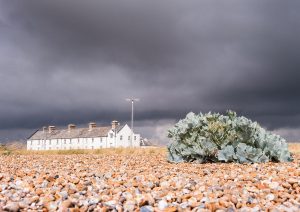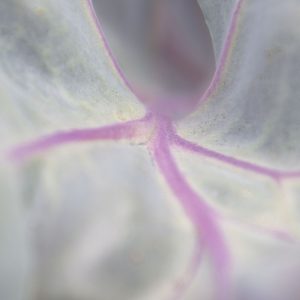Observation in Photography – the key to great images
In today’s busy world how often do we get the chance to just spend time observing and noticing the environment. The passing of the seasons, the flora and fauna, the way the light falls on the landscape, the textures on the beach or the colours of the countryside. These are often things which we ‘see’ but don’t really notice.
There is a quote by influential American documentary photographer Dorothea Lange who famously said ‘The camera is an instrument that teaches people to see without a camera’. In other words looking for something to photograph teaches us to see the landscape in ways that we might not have previously thought about.
Without a camera we might walk through the countryside and notice how beautiful a scene looks but we might not stop and spend time considering why that particular scene caught our eye or what it is about the components that make the overall scene beautiful . Without a camera how often do we really analyse all the elements that make up a scene, the colours, the textures, the light and the shapes?
Looking for photographic images and compositions helps us to notice connections between various elements in the landscape and as a result we tend to notice all the tiny details that may previously have gone unseen. This process, which is one we should go through every time we make a photograph, is also a fantastic way of reconnecting with the natural world, a process that is vital for or well being and mental health and also for the future conservation of our wild spaces.
Photography is all about observation – if we haven’t noticed something we won’t be able to photograph it. It therefore follows that to be good at photography we need to be good at observation.
There is never ‘nothing to photograph’ we just need to exercise our creativity and practice ‘seeing’ what is around us.
Tips to improve our observation.
 1. Slow down and use all your senses to observe.
1. Slow down and use all your senses to observe.
2. Don’t rush from one viewpoint to another. Take some time to study all the elements of a scene.
3. Elements are all the different things that make up a scene and each will have different attributes – size, shape, lines and angles, colour, texture and tone. Spend some time observing a landscape and make a mental note of the individual elements that make up the whole. Observe how they interact with each other and contribute to the overall scene.
 4. Ask yourself questions every time you observe an element. For example consider photographing a flowering plant. Look at it from all angles, does it look the same from different viewpoints. What colour is it, how does the light fall on it, do the shadows enhance or detract from its form, does it have an obvious texture, does it evoke any emotions? Does it give you an idea for a photograph? Are you drawn to photograph it as a portrait, as an abstract by focusing on a tiny part, or as an element incorporated into the wider landscape? These are choices that can only be made through proper observation.
4. Ask yourself questions every time you observe an element. For example consider photographing a flowering plant. Look at it from all angles, does it look the same from different viewpoints. What colour is it, how does the light fall on it, do the shadows enhance or detract from its form, does it have an obvious texture, does it evoke any emotions? Does it give you an idea for a photograph? Are you drawn to photograph it as a portrait, as an abstract by focusing on a tiny part, or as an element incorporated into the wider landscape? These are choices that can only be made through proper observation.
5. Take time to recognise and identify plants and animals. The more you understand about an environment the better you will know it and the better your images will be.
6 Take a walk with your camera and set yourself challenges to find different elements to photograph. I run regular Photo Walks along the Suffolk Coast which take the form of photography scavenger hunts. These are designed specifically to encourage observation and help you look more closely at the landscape around you. The elements that I give you to find are not often actual things but words that can be open to interpretation. This means that 10 people will come on the same walk and observe the same landscape but the images that are taken will all be different.
There is another quote that I like by American documentary photographer Elliott Erwitt who said
“ Photography is the art of observation. It has little to do with the things you see but everything to do with the way that you see them”
To find out more and to come along to one of my walks and put your observational skills into practice please see my Photo Walks.